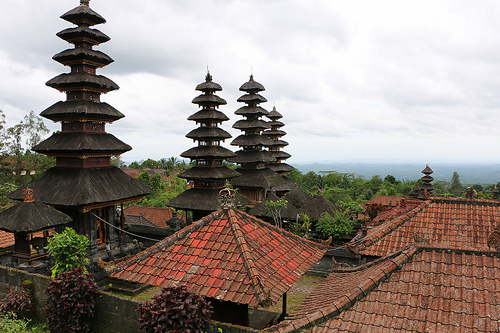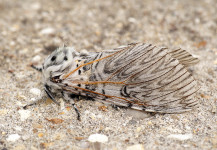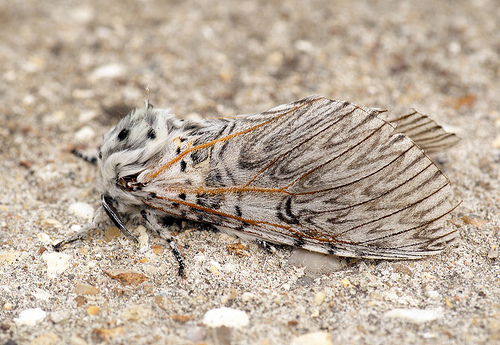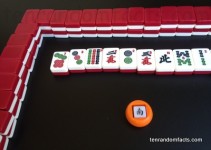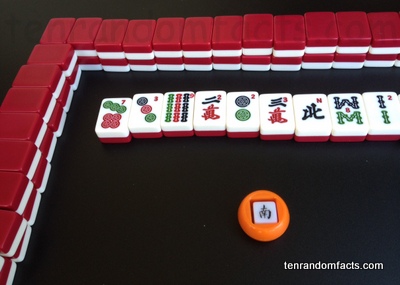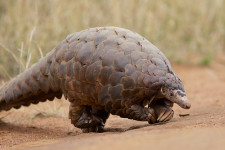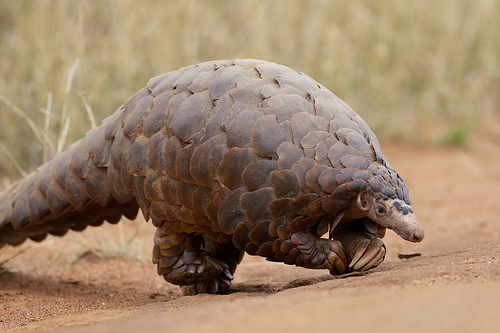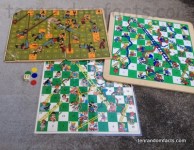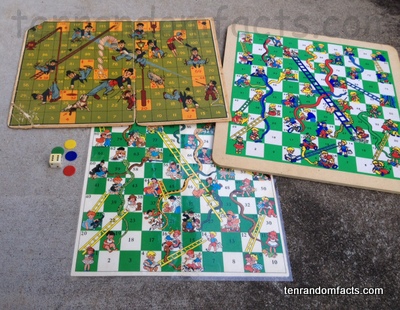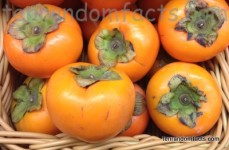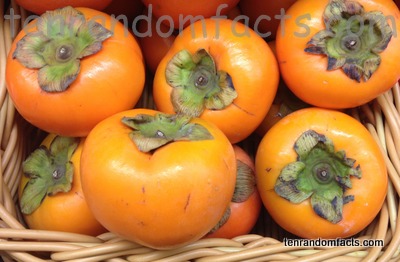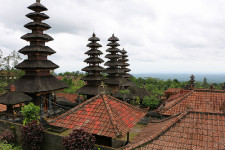
Pura Besakih is a place for pilgrims.
- Pura Besakih is a group of temples found in Indonesia’s Bali, in South East Asia, and they sit part way up the side of Mount Agung, at approximately 1000 metres (1093 yards) above sea level.
- Pura Besakih is also known as ‘Besakih Temple’, and ‘Bali’s Mother Temple’, and the name ‘Besakih’ is said to be derived from the original name for the place ‘Basuki’ which is a reference to a dragon deity said to dwell on the mountain.
- Twenty-three temple complexes make up the precinct of Pura Besakih, and this encompasses more than 80 temples, while Pura Penataran Agung is the largest and most significant of them all.
- Pura Besakih is used by the Hindu religion throughout Bali, and is among the most sacred and important Hindu sites on the island.
- Many of the temples of Pura Besakih appear to be like a step pyramid in shape, and stone is commonly used in the construction of the buildings.
Pura Besakih
Image courtesy of Juan Antonia F. Segal/Flickr
- Pura Besakih is a notable location for numerous festivals and events, numbering 70 different ones, or more, every year.
- Pura Besakih is considered an ancient religious site, however it is not known when the first temples were built, although it is suspected that some were built in the 700s AD, and others built up until the 1340s.
- Over 100,000 people visited Pura Besakih in 2013, however, many people do not rate their experience highly due to the unrestrained locals who are said to harass visitors for payment of various services and access to the temple complex.
- Pura Besakih can be very busy during the day, due to the many visitors and local vendors, so it is best visited early morning or evening, and a sarong is required to be worn at all times.
- Mount Agunga is a stratovolcano that erupted in 1963, spewing lava that narrowly dodged the temples of Pura Besakih; an event often considered a miraculous sign by the Hindu community.
Bibliography:
Besakih Temple in Bali – Pura Besakih, 2015, Bali, http://www.bali-indonesia.com/attractions/besakih-temple.htm
Pura Besakih, 2015, Bali, http://www.bali.com/temple_Pura-Besakih_83.html
Pura Besakih, 2015, Wikipedia, https://en.wikipedia.org/wiki/Pura_Besakih




